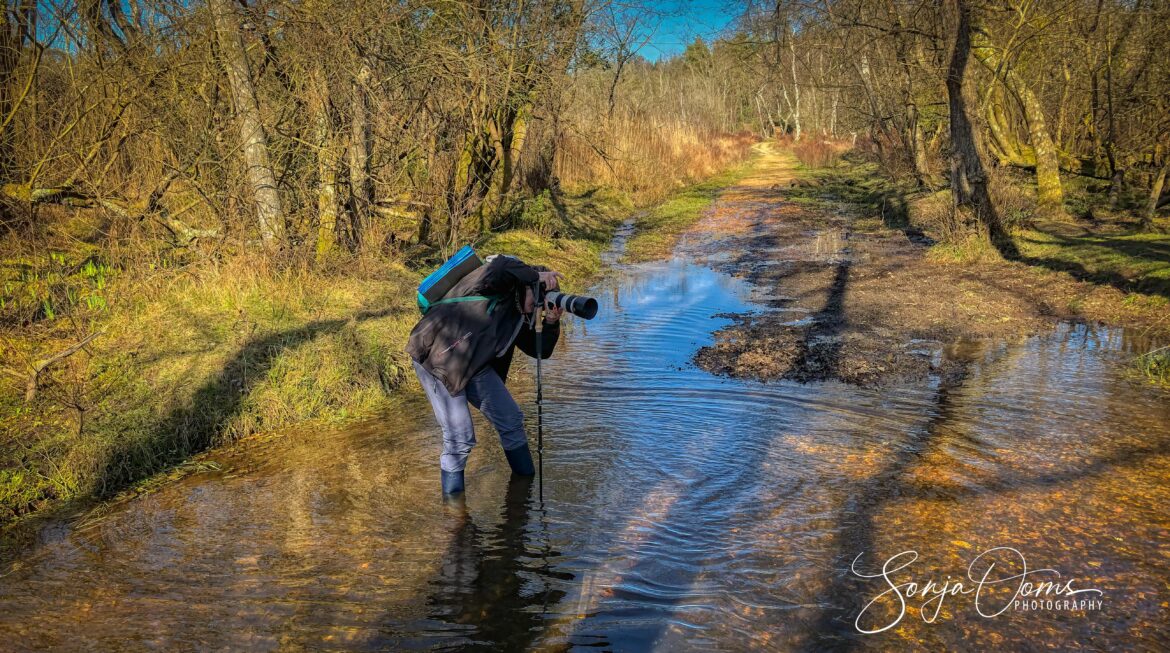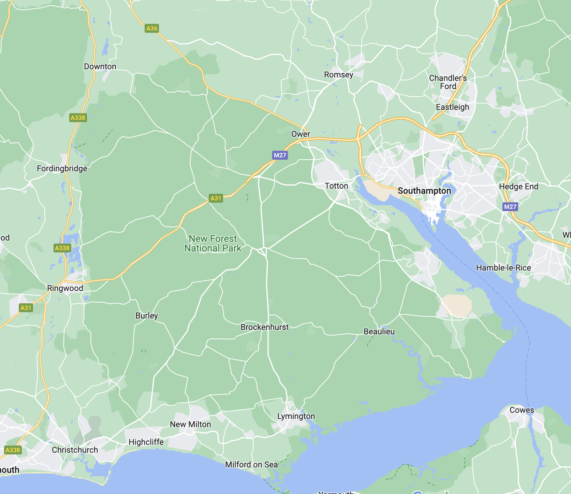
The New Forest is neither new nor strictly speaking a forest. Confused? Short & boring history lesson (if you hate boring history, now is the time to have a look at your kid’s browser history). ‘New Forest’ comes from the time when the area was first designated as a royal hunting ground in 1079 by the infamous William the Conqueror, also lovingly known as William the Bastard. It derives from the Latin ‘nova foresta’, which literally translates as ‘Unwashed: Stay Away’, and which earned it a mention in the Domesday Book of 1086, a survey listing all the land-holdings in England (Let me tell you how it will be/There’s one for you, nineteen for me/Cause I’m the taxman – © The Beatles) And it’s also big! In fact it’s the largest contiguous area of un-sown vegetation in lowland Britain, the National Park area covering 566 km2 (219 sq mi).
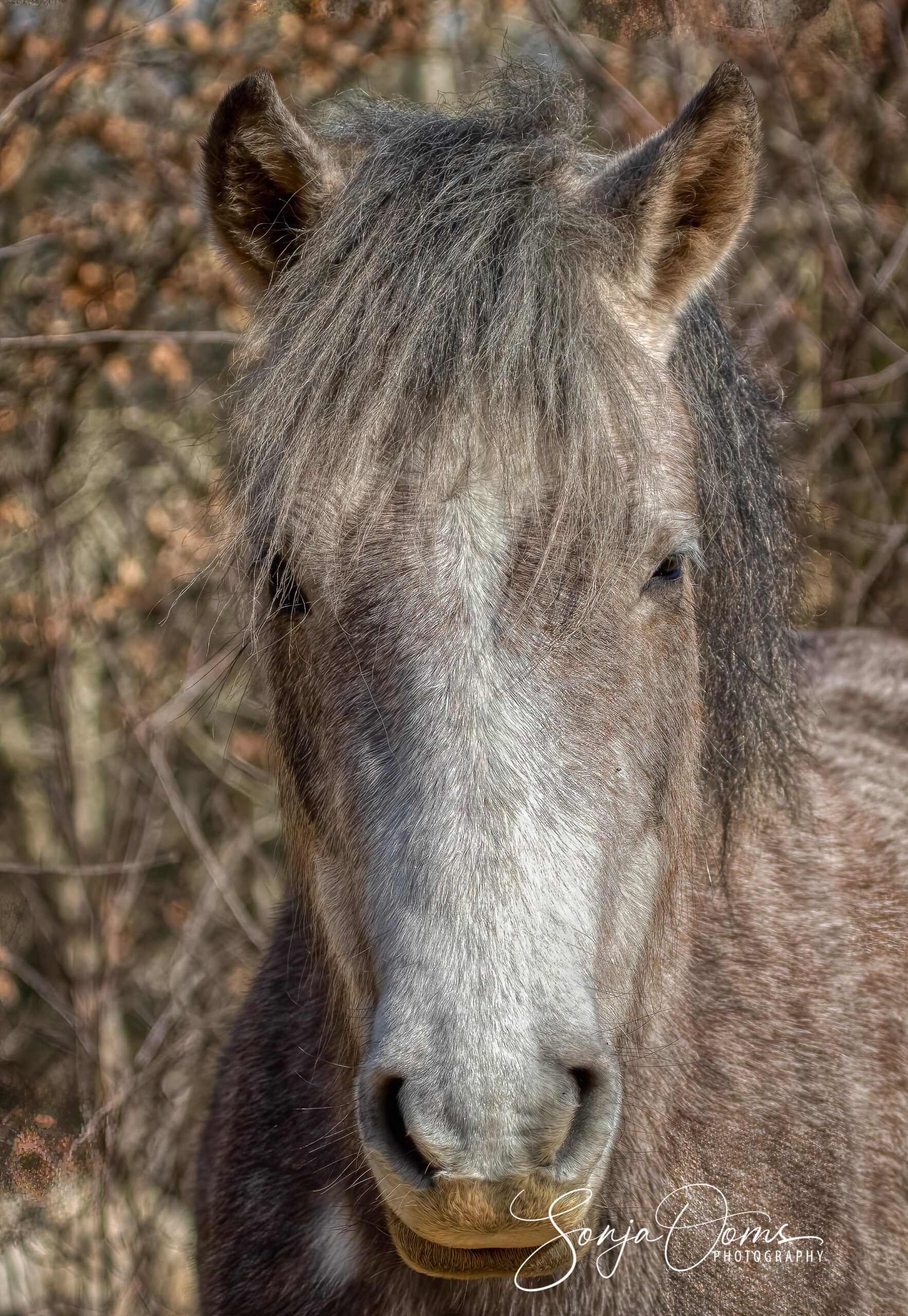
Now, for those of you still with me. When you visit the New Forest there are a group of about 5,000 locals that you really can’t miss. They have been hanging around in that neck of the woods for thousands of years and what they don’t know about the forest is not worth knowing. I am of course referring to the wonderful New Forest Ponies! There have been ponies in the New Forest since the end of the Ice Age (2002, Walt Disney Studios) and some of the earliest records include bones of a pony at Rockbourne Roman Villa.
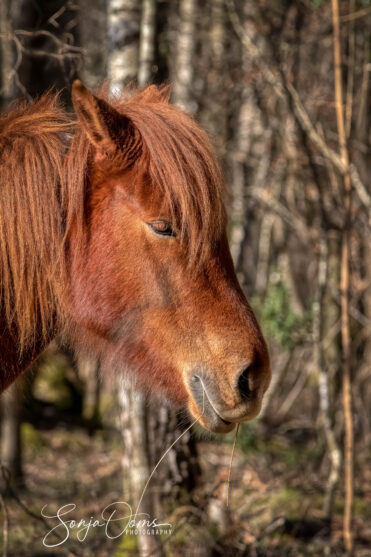
They wander around freely not only throughout the countryside but also in the area’s towns and villages, without a care in the world. Well, if it wouldn’t be for the careless and often speeding drivers who kill and injure many ponies every year. In 2019, 58 animals were killed and a further 32 were injured. In 2020 when traffic was reduced by Covid-19 restrictions, 50 animals were killed (the lowest on record) and a further 21 were injured.
New Forest ponies and other free roaming animals have right of way on the roads of the New Forest, but try explaining that to the idiot in his Skoda Fabia, updating his Instagram profile and racing along at 70 MPH!
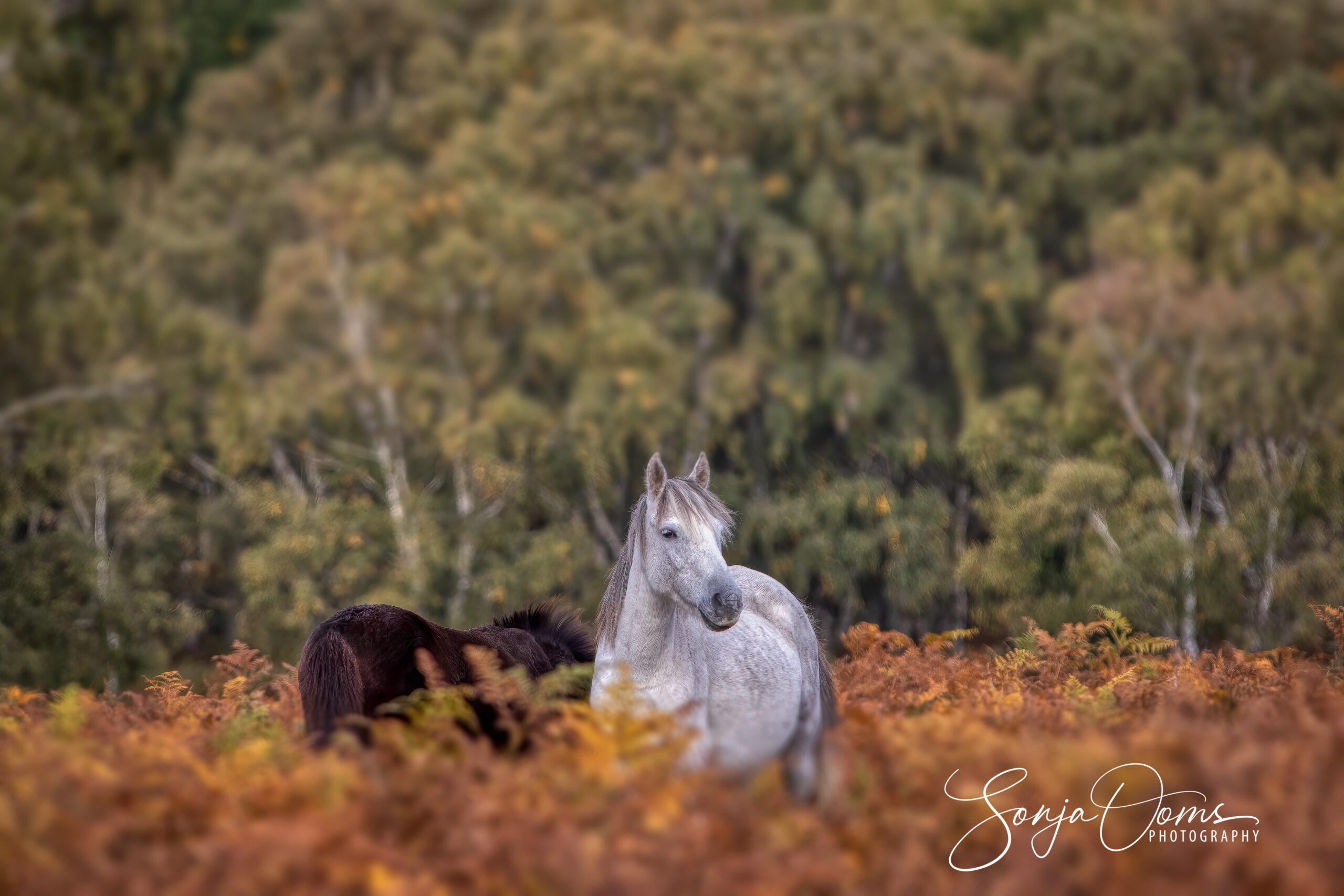
Some say that the New Forest ponies are completely wild. Scenes from the Wild West prairies, John Wayne and herds of mustangs running off into the sunset come to mind, but hold your ponies, the New Forest ponies are only wild in the sense that they roam freely around the National Park. They are in fact owned and cared for by the New Forest Commoners.

The principle of Commoners dates back centuries to when the New Forest was first established by the Battle of Hastings guy – yay we beat the Vikings – oh no here come the Normans. The ancient system set in place to protect the woodlands and wilderness heaths still works today through the efforts of Verderers, Agisters and Commoners – literally the judges, police and land users of the forest.
The jobs of the Agisters includes attending to road accidents and caring for injured ponies, as well as maintaining the stock pounds in the area and managing the rounding up of ponies when needed. They also ensure that Commoners have paid the necessary fees for their ponies by clipping the ponies’ tails in a certain way, indicating to the Verderers that the money has been paid.
During our last trip to the New Forest beginning of March we encountered this very relaxed herd, including not only around 15 photogenic New Forest ponies but also two adorable Shetland ponies (at least that’s what I think they are, I know more about the horses living under the hood of my car than about real horses). Ponies living full-time on the New Forest are almost all mares, although there are also a few geldings. For much of the year the ponies live in small groups, usually consisting of an older mare, her daughters, and their foals, all keeping to a discrete area of the Forest called a “haunt.”
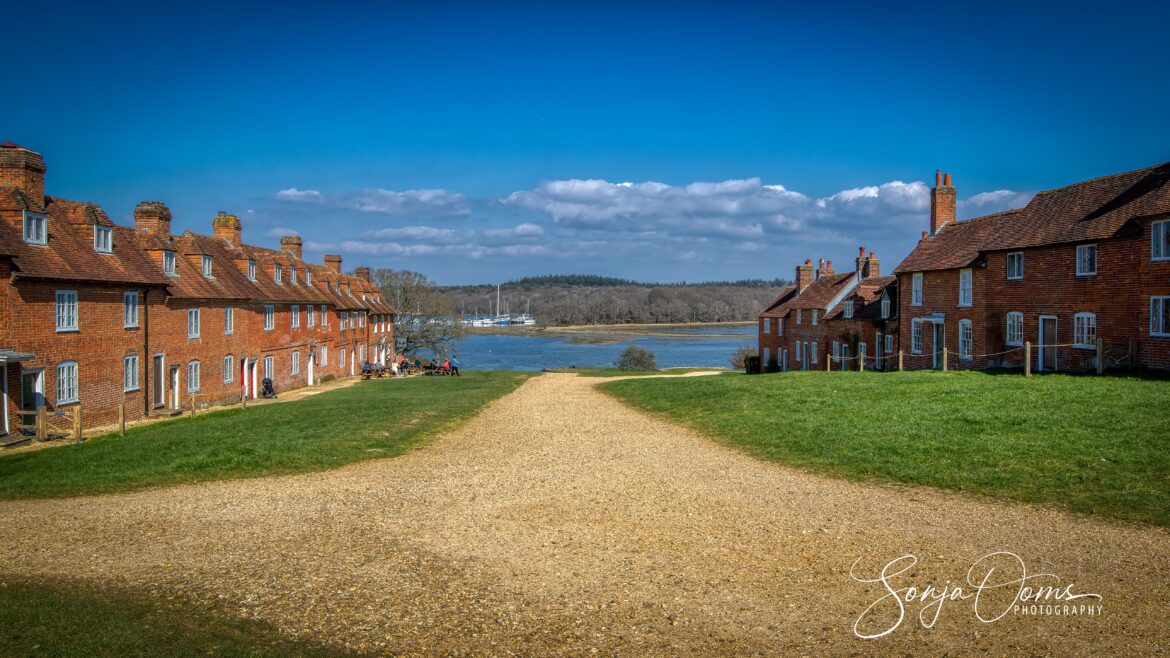
On our way back to Wimbledon we made a short stop at Bucklers hard. Originally founded as a free port for the trading of sugar, Buckler’s Hard actually flourished as a naval shipbuilding center and has become famous for building warships for Nelson’s Navy, including three vessels that took part in the Battle of Trafalgar. Using wood from the nearby New Forest. Fifty Royal Navy ships were built here between 1745 and 1814. But that was way back in the 18th and 19th century, in 2022 the place is a bit of a tourist trap. But still worth an hour of your undoubtedly very valuable time. The old slipways were situated where the village street runs down to the Beaulieu River, near the Master Builder’s House (last on the left). The timber needed for the ships would be stacked in the wide village street between the rows of houses.
And to conclude with a very important service announcement: food & drink!
If you’re in the Lymington neck of the woods, you must book a table at the Fishermans Rest. Best fish restaurant in the neighborhood!
And for the traditional full English breakfast: book your table at the dog friendly Old Mill in Hordle.
By the way, for the continentals, the “full English” is actually more of a high-cholesterol brunch: bacon, fried, poached or scrambled eggs, fried or grilled tomatoes, fried mushrooms, baked beans in tomato sauce, black pudding, fried bread or buttered toast, and sausages. You can just feel your arteries clogging!
Next stop Suffolk !
